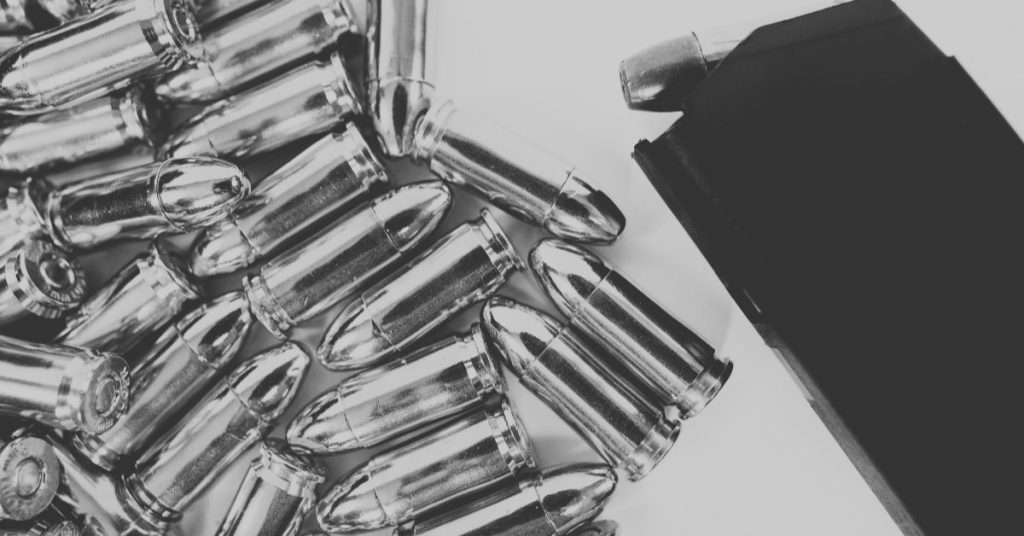You may call it a “case,” “casing,” “shell,” or “shell casing,” but those are all different names for the same component: the hollow metal cylinder which contains propellant and seats a primer and bullet, and which is ejected from the firearm’s chamber following ignition of the cartridge.
If you’re looking for ammo for sale online, then you may have noticed that rifle ammo and handgun ammo do not all have the same types of cases. Some have brass cases. Some have nickel-plated brass cases. Some have steel cases. Some even have aluminum cases.
So much variety may leave you to wonder what the differences between all the cases are. Well, fellow firearm enthusiast, prepare to become enlightened. After a short read you’ll know everything you should about cases!
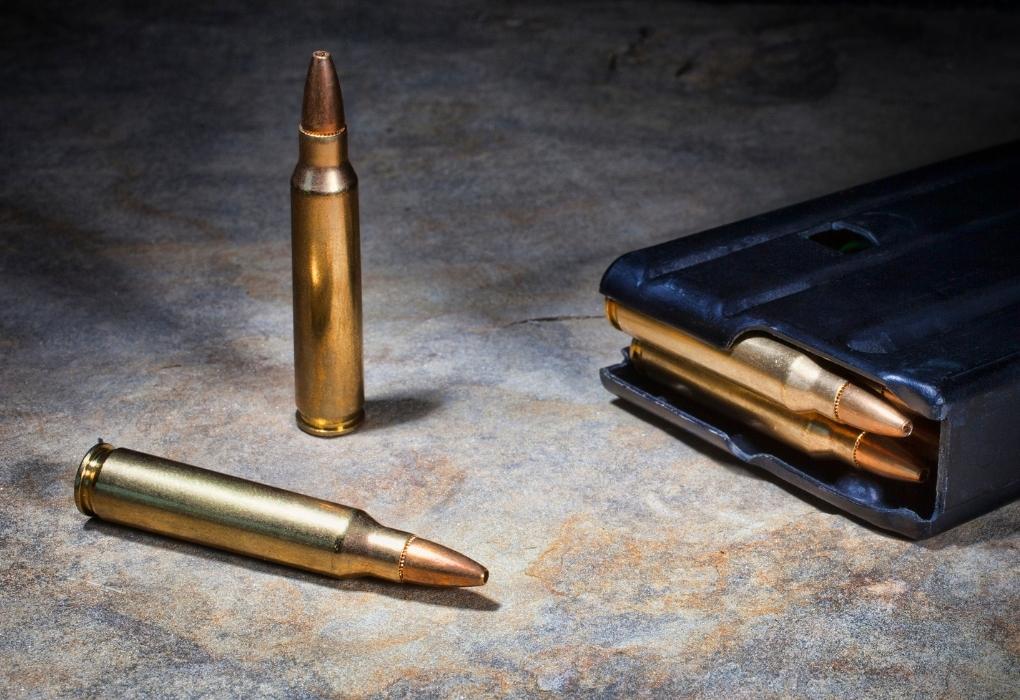
What Are Brass Cases?
Brass is copper-zinc alloy, and a number of attributes make it the ideal metal for cases. It is relatively soft, and therefore gentle on a firearm’s extractor and chamber.
It is incapable of rusting, thus safeguarding the cartridge in storage. (Brass can tarnish, but cosmetic corrosion can easily be polished off.)
Best of all, brass is a supple metal. It expands to create a tight seal against the chamber, thus preventing propellant residue from accumulating within the action.
Brass also returns to its original dimensions following ignition, which is why brass cases are reloadable.
Unfortunately, brass is also the most expensive metal used for cases. Brass is 90% copper, a metal so valuable that punks often break into houses to steal copper plumbing.
This is why steel and aluminum cases are not uncommon. But before we get to those, let’s briefly go over the fancier version of the brass case.
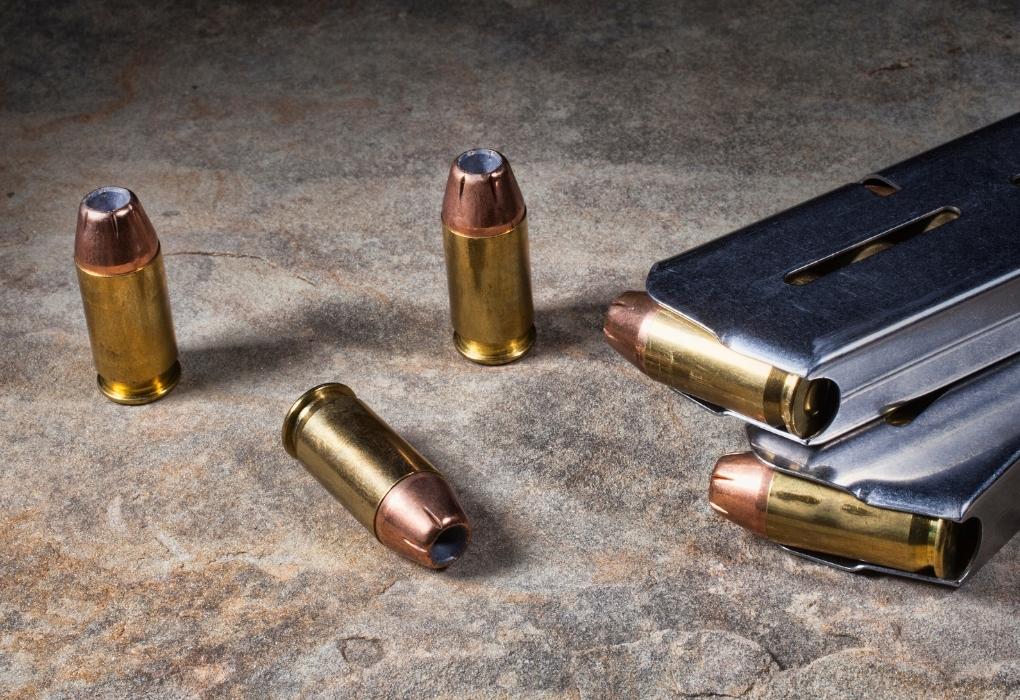
What Are Nickel-Plated Brass Cases?
Nickel-plated brass cases are commonly used for premium self-defense pistol cartridges, as well as rifle cartridges which are marketed to outdoorsmen who anticipate hunting in damp weather.
When it is coated in nickel, a brass case boasts enhanced resistance to corrosion. Nickel reduces metal-on-metal friction, which can help semi-automatic firearms to cycle more reliably.
Nickel also makes a cartridge more reflective, thus facilitating a chamber check in low-light environments.
Nickel-plated brass cases have two very minor drawbacks. They are more expensive (although the performance advantages they provide to self-defense cartridges make them well worth the practically negligible investment).
Nickel is also more brittle than brass. That does not impact performance, although a brass case with cracked nickel plating is not reloadable.
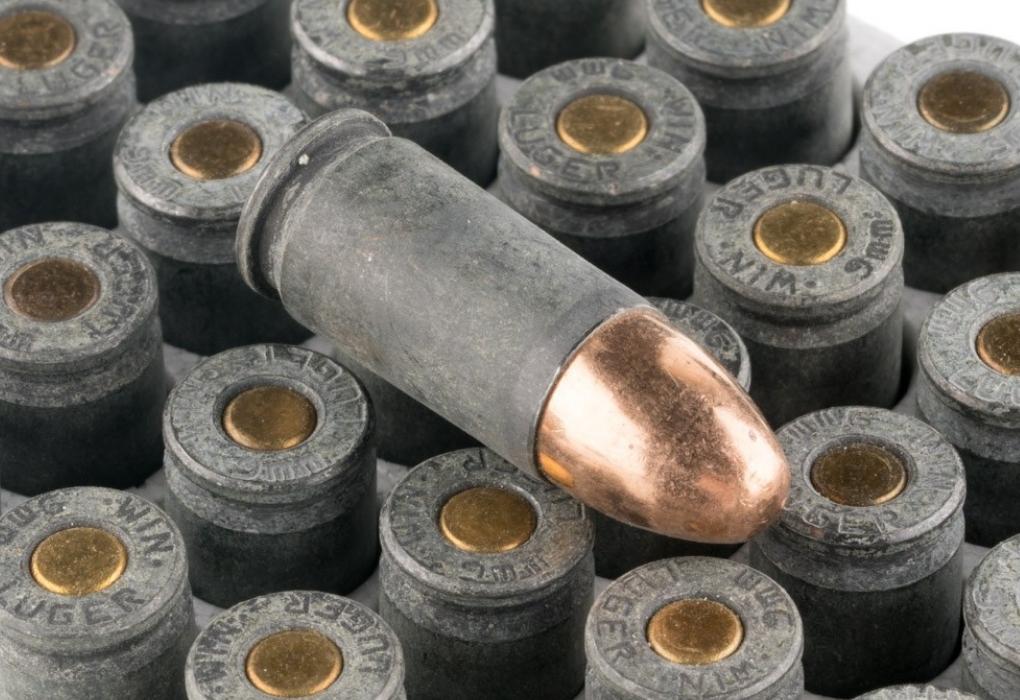
What Are Steel Cases?
Steel is about 97% iron. It is an inexpensive metal compared to brass, and that is the primary advantage offered by steel cases: They make ammunition appreciably more affordable. You may pay as little as half as much for steel-cased ammo!
Steel cases have several shortcomings. They are far more susceptible to corrosion (the reason why they are often coated with substances like lacquer, polymer or zinc). They are far more rigid than brass, and accordingly permit more propellant residue to enter the action.
A steel case’s rigidity is also the primary reason why it is virtually impossible to reload. To be certain, it is possible to reload a steel case, but it is so maddeningly complicated that it is not worth the effort.
You’re better off just ordering new ammunition, and maybe a nice pro-Second Amendment T-shirt while you’re at it.
A couple more things to bear in mind about steel cases. They are almost always loaded with Berdan primers. These are only corrosive when the ammo is very old (think Soviet military surplus), and they produce ignition in a fashion that is indistinguishable from the more common Boxer primer, but they make reloading steel cases even more difficult.
Steel cases are also usually loaded with bi-metal jacketed bullets, which also contain steel. Many ranges forbid bullets that are capable of attracting a magnet because the steel they contain poses a higher risk of producing sparks and damaging range equipment.
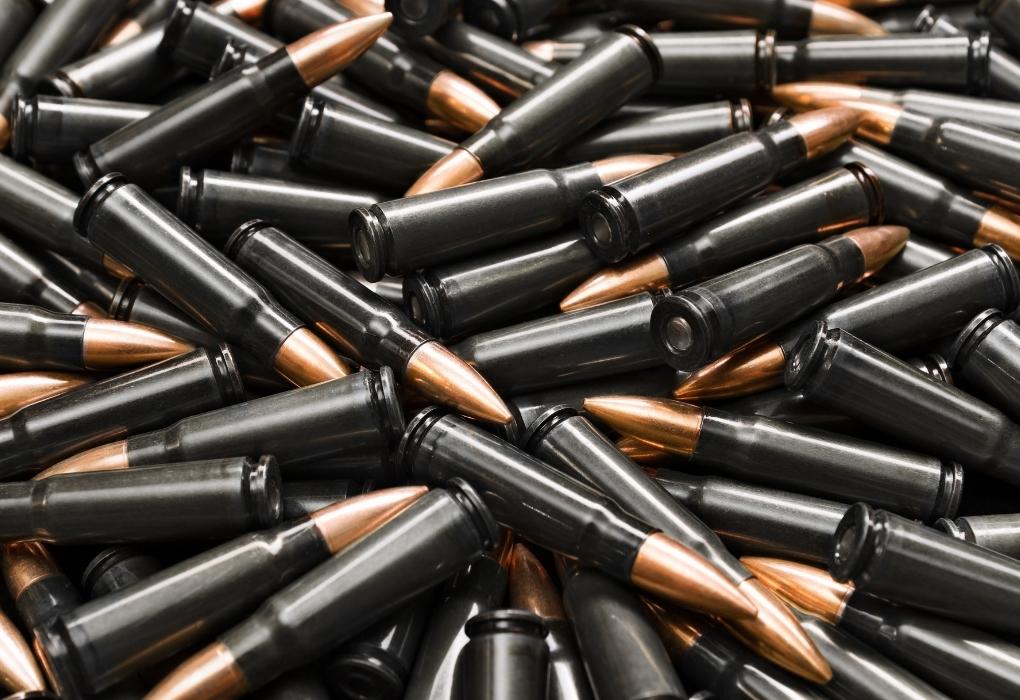
What Are Aluminum Cases?
It wasn’t too long ago when aluminum was considered more valuable than gold. Today an aluminum soda can is worth ten cents at best.
After WWII American ammunition manufacturer CCI figured out how to heat-treat small aluminum components so they could be used as cases, thus creating another viable alternative to comparably expensive brass.
Aluminum cases are also significantly lighter than brass or steel cases (although you would have to lift several hundred cartridges at once to notice a difference), and unlike steel they cannot rust (although they can become corroded).
Aluminum’s melting point is lower than that of steel, and it is also a rigid metal. For these reasons aluminum cases are absolutely useless as reloading components.
In fact, they are loaded with Berdan primers specifically to discourage handloaders from attempting to reuse them! Also note that aluminum-cased ammo is not allowed at certain ranges.
This is because aluminum is not attracted to a magnet, and therefore very difficult to remove from the spent brass cases which ranges sell to scrappers.

